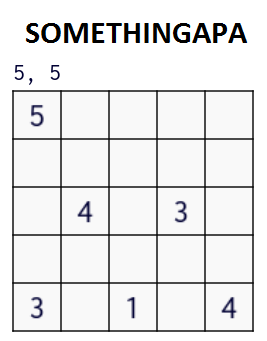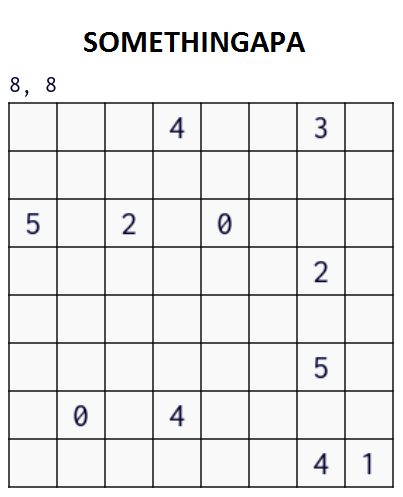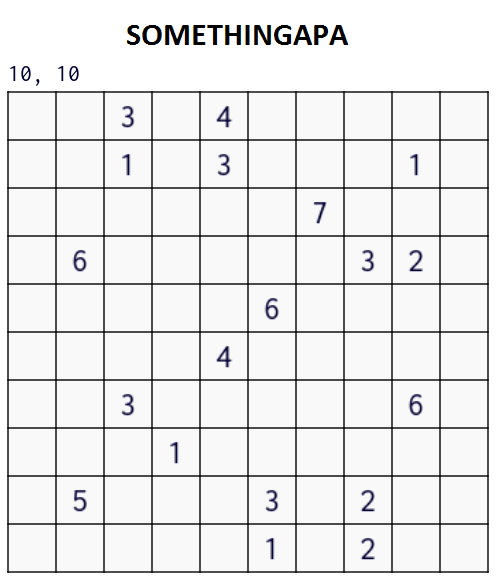More paper puzzles!
Hi! That’s right! I spent some more time pondering on paper puzzle types, and vaguely recalled a puzzle type I had seen on puzz.link, and tested a variant of that. After some discussion the type I recalled turned out to be called
geradeweg (thanks chaotic_iak!), and my recollection had been wrong on several accounts. Happily for my petty “I wanna make my OWN thing!!” desire, this meant that I could take my mistaken recollection and use that as a new puzzle type as well. I named the variant I made based on the faulty recollection “Sentinels“, and then created a bunch of more-or-less working alterations based on that.
The basic idea of these Sentinel puzzles is that you have number clues, and the clues tell you the total amount of cells with a line segment in them (or shaded cells, in variants that use those instead) in all four cardinal directions from the clue up to either the next clue or the edge of the puzzle. In all but one of these you also need to draw a “loop”, i.e. a non-branching closed formation that may take turns but can’t have loose ends (and, as a special requirement, can’t turn in the same direction on two consecutive cells, i.e. can’t take sharp U-turns.) Also the line/shaded cells may not go over the clues.
Sentinels
Draw a line from cell to cell (i.e. from the center of a cell to the center of another cell) until you have a single closed loop that fulfills the requirements of the number clues. The clues tell you the total amount of cells with a line segment in them (or shaded cells, in variants that use those instead) in all four cardinal directions from the clue up to either the next clue or the edge of the puzzle (repeating this here just in case!)

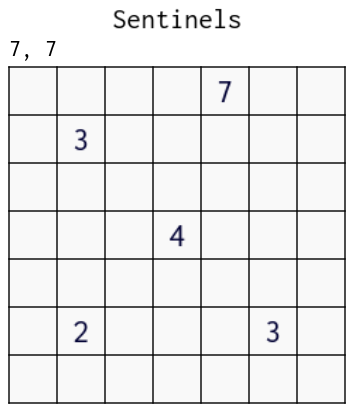
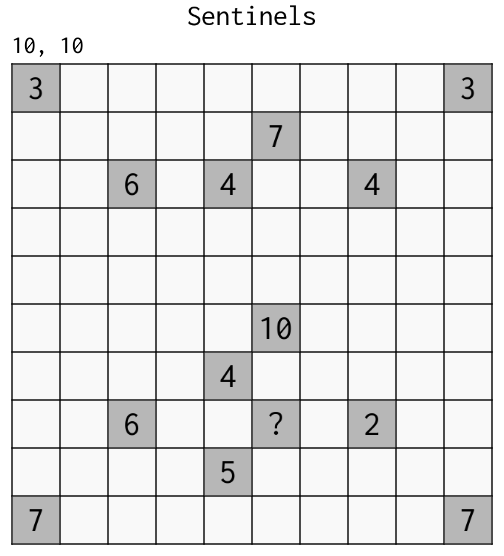
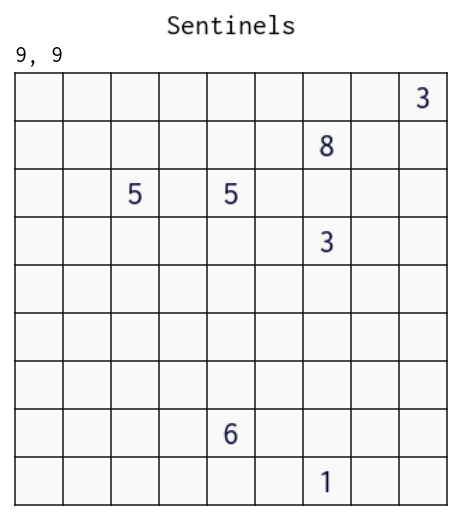
Sentinal View
Basically a combo of Sentinels and Canal View. Otherwise the same as Sentinels except the clues only count a line of cells with line segments that connects to the clue cell. Again, the line may not go over the clues.

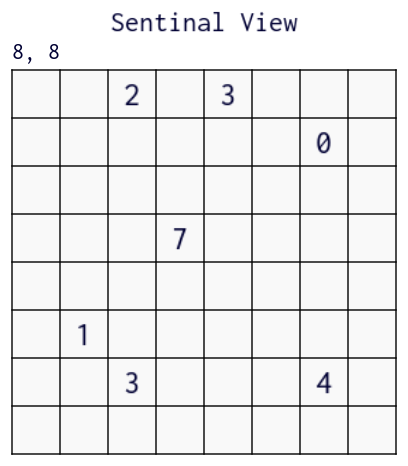
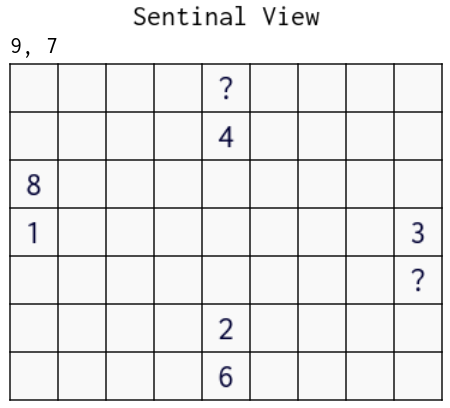
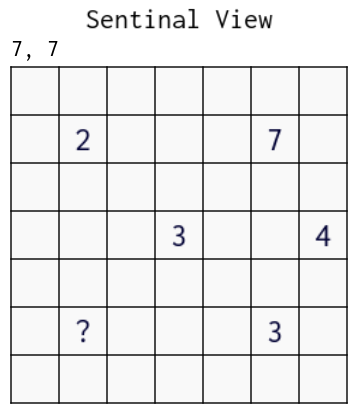
Celltinels
Sentinels but with shaded cells instead of a line. In order to be able to draw a “loop” of shaded cells, the rules now include that it’s forbidden to create a fully-shaded 2×2 formation or for the loop to touch itself, even diagonally (ok, that last one isn’t necessarily required but the Snake puzzle type used it and I thought it might make sense to include it here, too.)

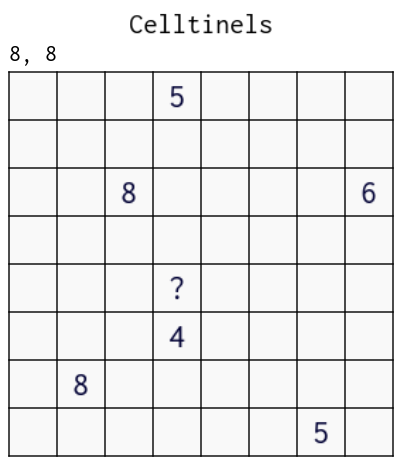
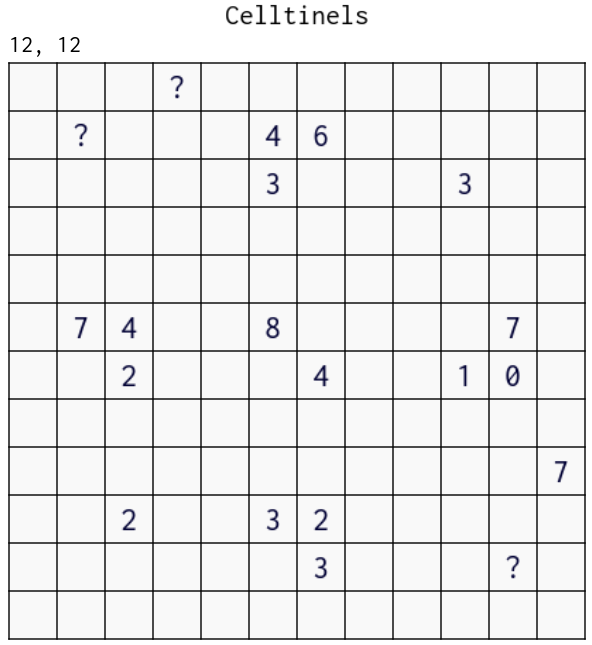
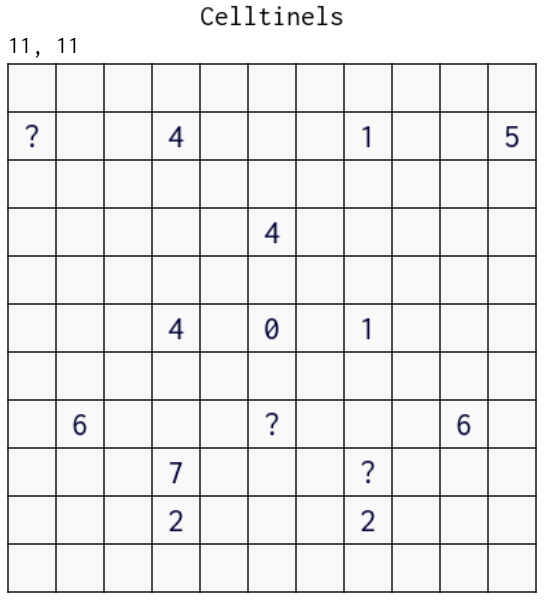
Snakcelltinels
Oh yes, what a great name!! Anyway, same as Celltinels except with the Snake element of there being marked starting and ending points; so instead of drawing a loop, you need to draw a non-branching snake that starts & terminates on the circles shown on the puzzle. Again, no shading over the clues. Also note that the starting/ending points must be shaded as well and count towards the clues.

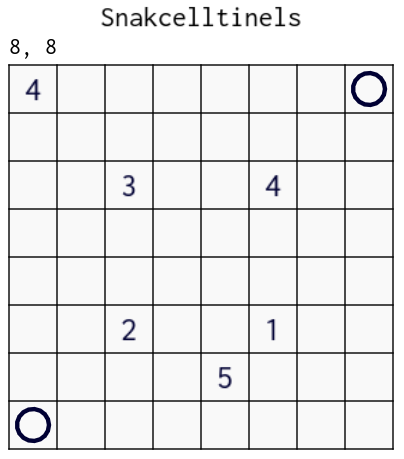
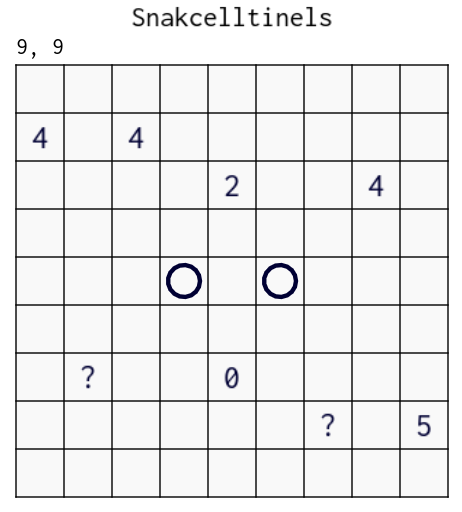
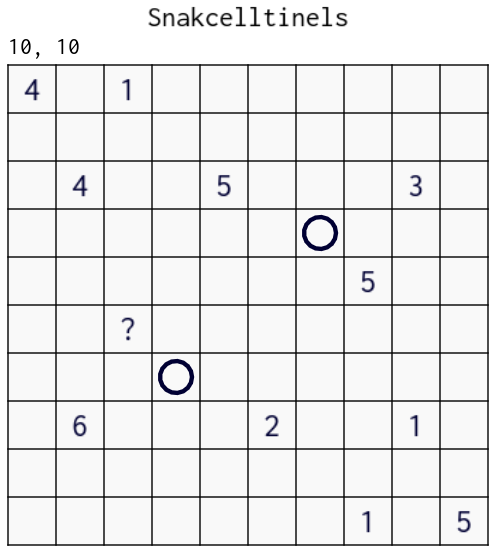
Welp, that was a pretty long post! Apologies. I hope some of you have fun with these. They should work & be unique.
